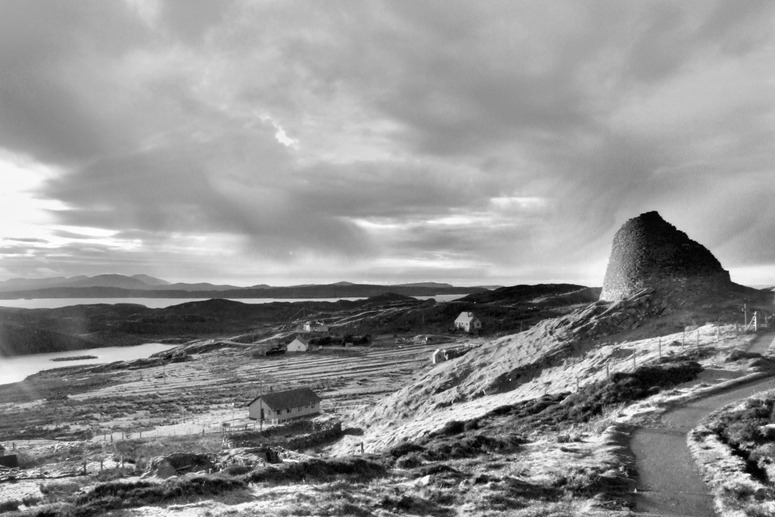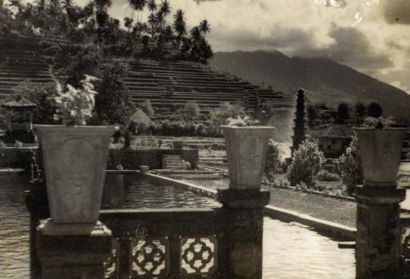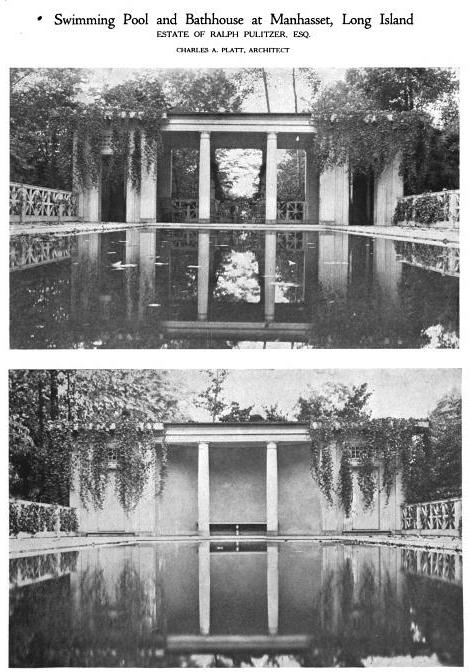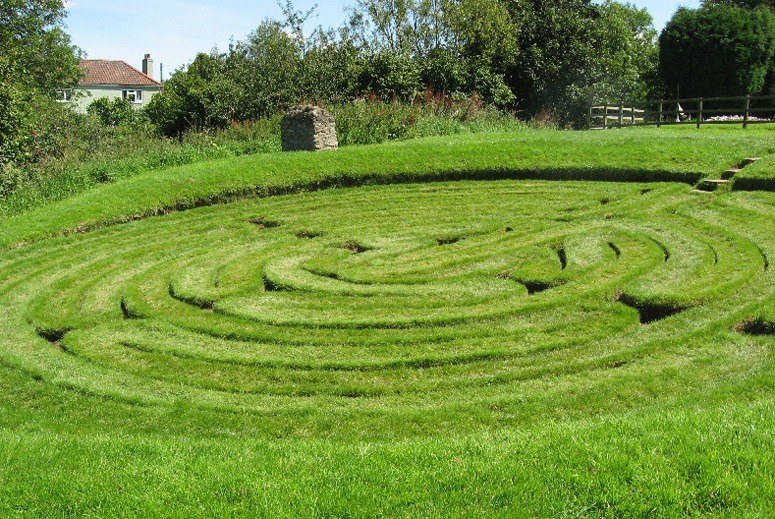 Brochs are a unique building form, dating from the 1st century BC and indigenous to Scotland. They had internal wooden floors and they were inhabited. This is clear. But how they were located and why they were built is unclear. Gordon Childe interpreted brochs as fortifications from which chiefs ruled subject populations. Since no evidence for this could be found, this was followed (in the 1980s) by a theory that they were prestige dwellings for important families, but again there was a lack of evidence and it is often the case that brochs are not located in good agricultural land. But many brochs do have significant positions in the landscape, near cliffs, in valleys and by narrow stretches of water. This suggests, to me, that like so-called hill-forts and stone circles, they had a symbolic and aesthetic role in proclaiming that an area of land was in the ownership of a clan of closely related families. Brochs are early examples of Scottish landscape architecture.
Brochs are a unique building form, dating from the 1st century BC and indigenous to Scotland. They had internal wooden floors and they were inhabited. This is clear. But how they were located and why they were built is unclear. Gordon Childe interpreted brochs as fortifications from which chiefs ruled subject populations. Since no evidence for this could be found, this was followed (in the 1980s) by a theory that they were prestige dwellings for important families, but again there was a lack of evidence and it is often the case that brochs are not located in good agricultural land. But many brochs do have significant positions in the landscape, near cliffs, in valleys and by narrow stretches of water. This suggests, to me, that like so-called hill-forts and stone circles, they had a symbolic and aesthetic role in proclaiming that an area of land was in the ownership of a clan of closely related families. Brochs are early examples of Scottish landscape architecture.
Thank you to Maciomhair for his beautiful black and white photograph of Dun Carloway Broch in Scotland’s Outer Hebrides. The building form made good use of local materials and gave a high level of protection from wind and rain. Since travel by boat was easier than travel on land, the west coast of Scotland had relatively good links with Celtic Europe. The crofts on the left of the photograph are a survival of a medieval building-and-farming settlement type. When the brochs were built, other families lived in circular huts with mud or stone walls and thatched roofs.




